7 Sizzling Secrets of East African Dishes: Spice, Soul & Flavor You Can't Resist!

Table of Contents
- Introduction: The Spice Routes of East Africa
- The Holy Trinity: Must-Know Spices in East African Cuisine
- 7 Iconic East African Dishes That’ll Make Your Taste Buds Dance
- Cooking Like a Local: Tips for Mastering East African Flavors at Home
- Buying Guide: Choosing the Best Spices for Authentic East African Cooking
- Conclusion: Embrace the Heat, Savor the Culture
Introduction: The Spice Routes of East African Cuisine
When you think of East African cuisine, imagine a simmering pot filled with fragrant clouds of cardamom, ginger, and cloves dancing together like old friends around a campfire. This is food that tells stories—of trade routes, coastal kingdoms, and generations of home cooks stirring magic into their meals.
From the shores of Zanzibar to the bustling markets of Nairobi and Dar es Salaam, East African dishes are a symphony of flavor. Whether you're dipping into coconut-rich curries or savoring slow-braised meats, one thing's for sure: you’re not just eating—you're experiencing a culture.
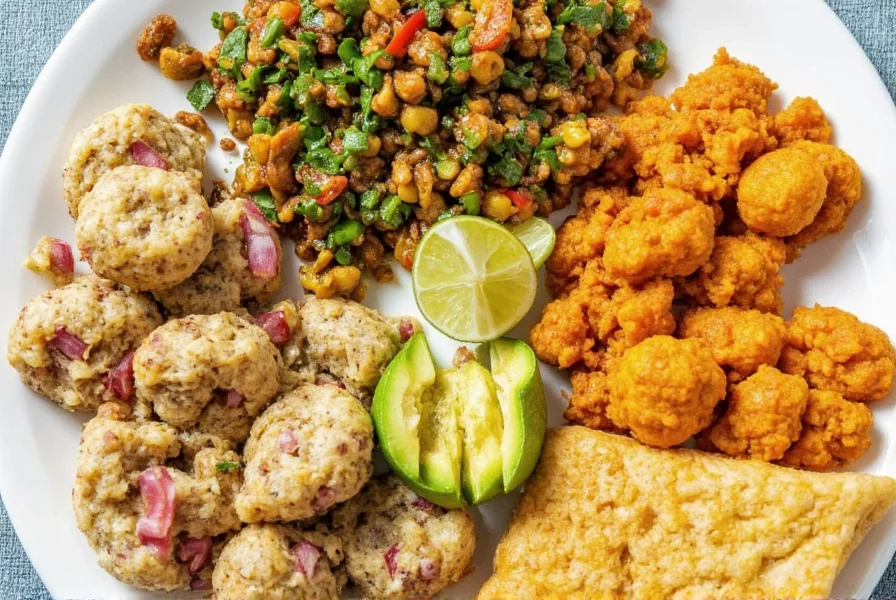
The Holy Trinity: Must-Know Spices in East African Cuisine
In East African cooking, spices aren’t just seasonings—they’re soulmates. Here’s your cheat sheet to the most essential players:
| Spice | Flavor Profile | Dishes It Shines In |
|---|---|---|
| Ginger | Warm, zesty, slightly peppery | Mshikaki (spiced meat skewers), pilau rice, chai tea |
| Cumin | Earthy, nutty, bold | Kachumbari (tomato-cucumber salad), biryani, samosas |
| Cardamom | Sweet, floral, citrusy | Chai, pilau, desserts like kaimati halwa |
Bonus Round: The Coastal Crew
- Cloves: Big on flavor, big in history—Zanzibar was once the clove capital of the world.
- Turmeric: Adds color, warmth, and anti-inflammatory benefits.
- Fenugreek: Sweetly bitter, often toasted or ground fresh.
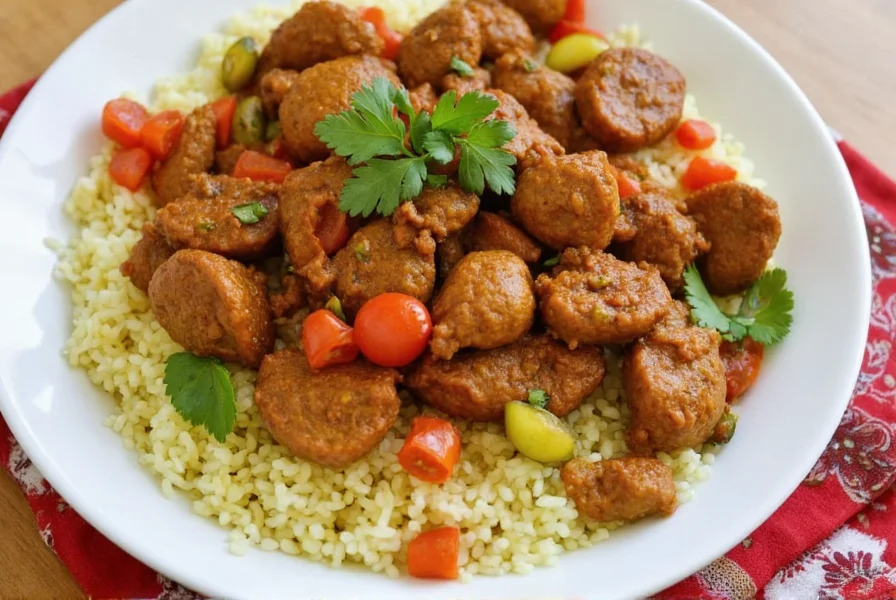
7 Iconic East African Dishes That’ll Make Your Taste Buds Dance
Ready to explore the culinary map of East Africa? Here are seven must-try dishes that bring spice, story, and satisfaction to every bite.
- Pilau: Fragrant rice dish cooked in spiced meat broth. Think biryani’s cousin who vacations in Zanzibar.
- Ugali & Sukuma Wiki: Starchy ugali served with collard greens—a humble yet hearty combo.
- Biryani: Layered rice dish with marinated meat, saffron, and a rainbow of spices.
- Chapati: Flaky, layered flatbread perfect for soaking up sauces.
- Nyama Choma: Grilled meat seasoned with salt and fire—it’s all about the flavor boost from the flame.
- Mchuzi wa Samaki: Fish curry in coconut sauce—tangy, spicy, and oh-so-smooth.
- Kachumbari: Tomato, onion, chili, and cilantro salad that adds freshness and fire to any plate.

Cooking Like a Local: Tips for Mastering East African Flavors at Home
You don’t need a plane ticket to Tanzania to enjoy authentic East African flavors. Here’s how to bring that heat—and heart—to your kitchen:
- Toasting spices first = game-changer. Take those cumin seeds and cardamom pods for a quick spin in the pan before grinding.
- Don’t skip the base: Onions, garlic, and tomatoes form the aromatic foundation of many dishes. Let them sweat and brown for deeper flavor.
- Use ghee or coconut oil: These fats carry flavor better than neutral oils. Plus, they taste amazing.
- Simmer slowly: Pilau and stews need time to let spices meld. Low and slow wins the race.
- Add a splash of vinegar or lemon juice: Brightens up rich, spiced dishes and balances the heaviness.
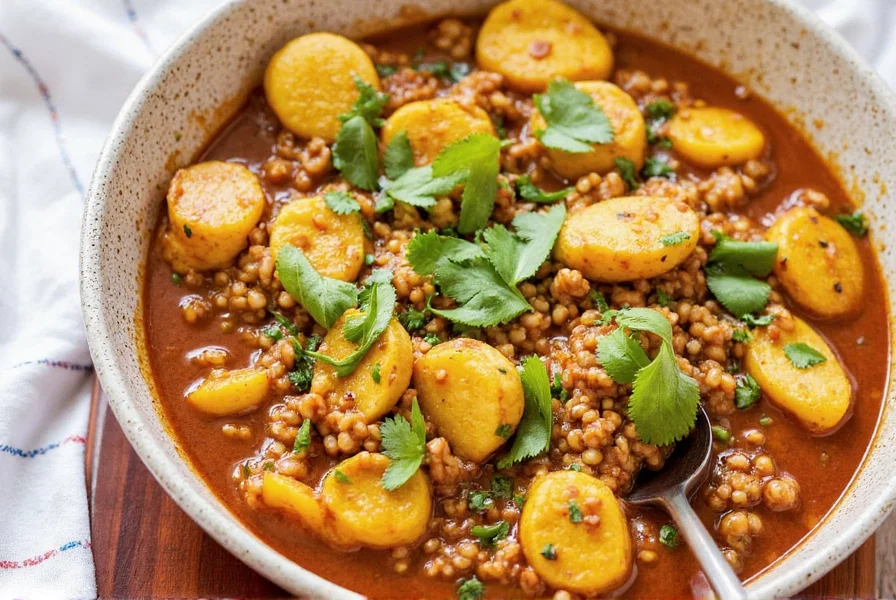
Buying Guide: Choosing the Best Spices for Authentic East African Cooking
Not all spices are created equal. If you want to recreate those East African flavors with integrity, here’s what to look for:
Top Spice Picks for East African Dishes
| Product Name | Description | Best For | Occasion |
|---|---|---|---|
| Freshly Ground Cardamom Pods | Aromatic, sweet, and complex. Use whole or ground. | Pilau, chai, desserts | Everyday cooking and festive meals |
| Organic Cumin Seeds | Robust, earthy, and full of depth. | Kachumbari, samosas, biryani | Spicy snacks and side dishes |
| High-Vanillin Vanilla Beans | Luxurious, floral, and sweet—great for chai and sweets. | Chai, custards, and pastries | Special occasions and guests |
| Zanzibar Cloves | Intense, warm, slightly bitter. | Meat marinades, pilau, soups | Holiday roasts and family dinners |
Storage Tips
- Keep spices in airtight containers away from light and heat.
- Whole spices last longer—grind as needed for maximum flavor.
- Label everything! You’ll thank yourself when you're halfway through a recipe.
Conclusion: Embrace the Heat, Savor the Culture
East African dishes are more than just recipes—they’re cultural heirlooms, shared meals, and stories simmered into every bite. Whether you're grilling nyama choma over open flames or sipping on cardamom-laced chai, each flavor brings you closer to the land, the people, and the passion behind the cuisine.
So grab your favorite spices, roll up your sleeves, and let your kitchen become the next stop on the East African spice trail. Your taste buds will thank you—and so will your soul.
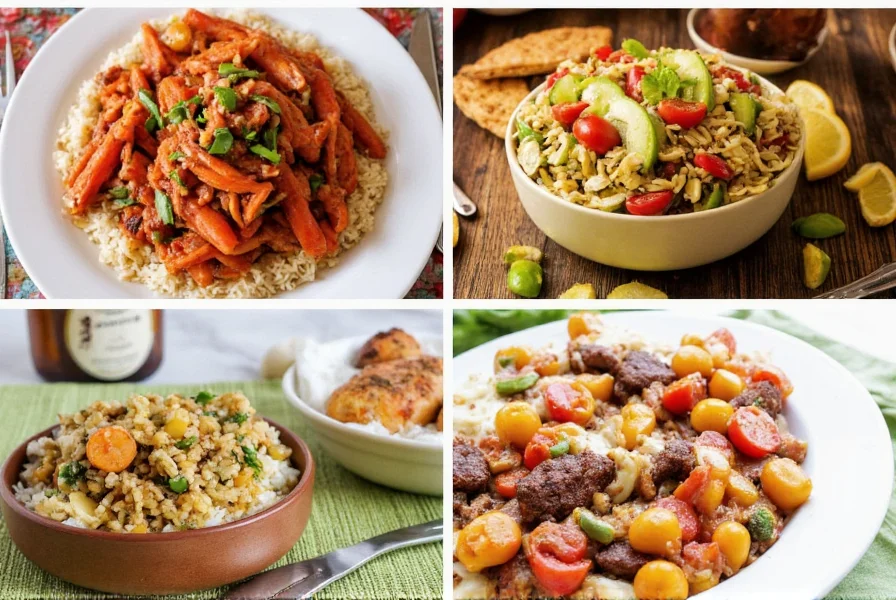
Happy cooking, spice lovers!

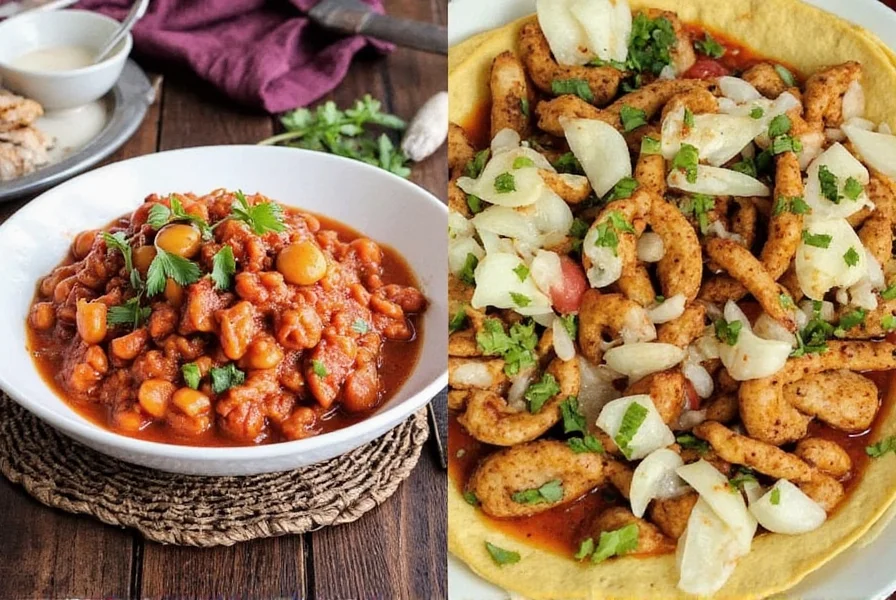









 浙公网安备
33010002000092号
浙公网安备
33010002000092号 浙B2-20120091-4
浙B2-20120091-4